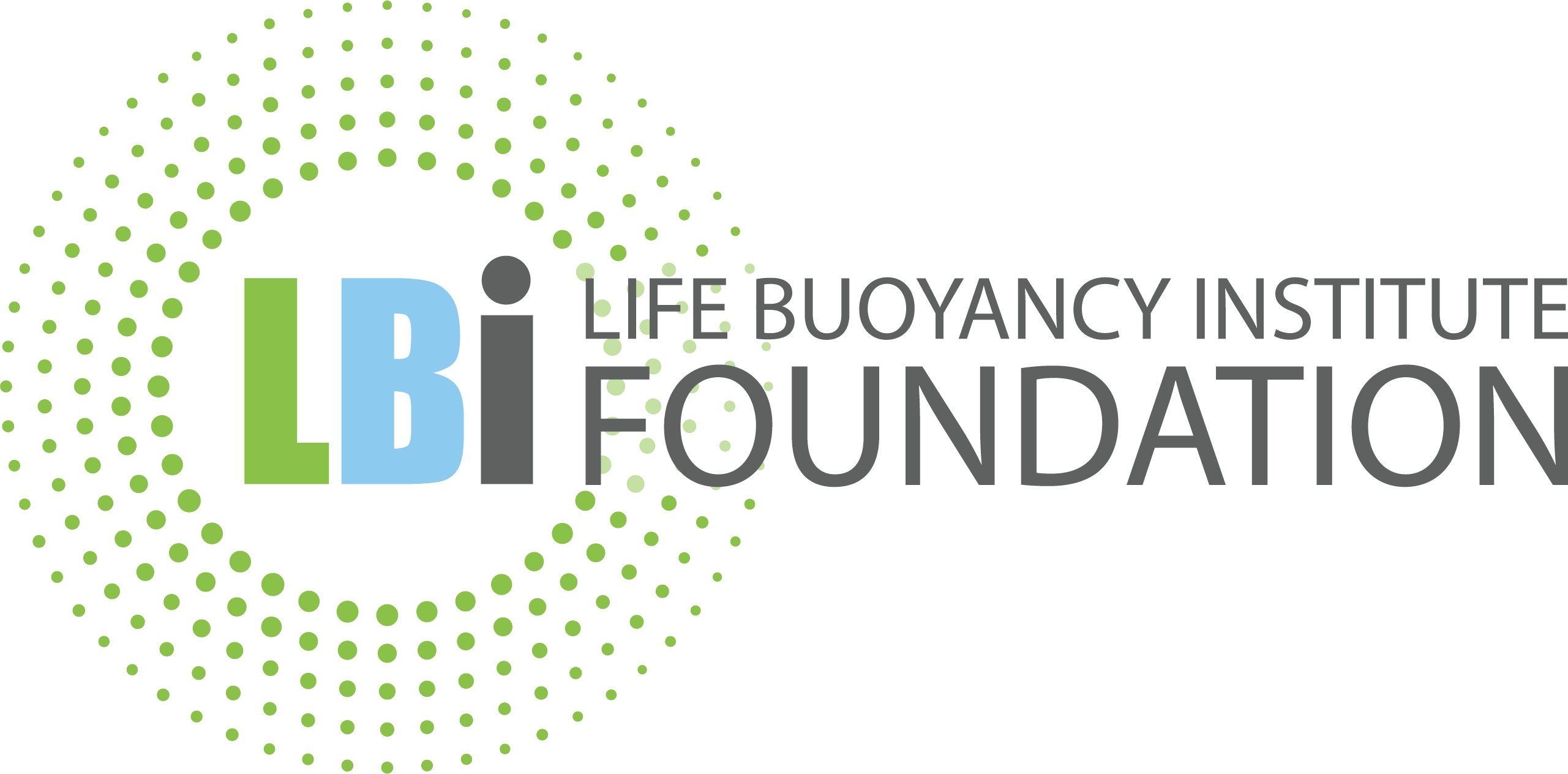For parents and caregivers
We are building a trauma and wellbeing responsive school community for your child.
Hello parents and caregivers,
Thank you for taking the time to learn more about what it means for your child’s school to be a wellbeing and trauma responsive community.
As a school community, we have a set of shared knowledge, skills, language and methods, to respond to the needs of every student at their starting point. It is about strengthening (not replacing) our existing programs and people, making student wellbeing, inclusion and support a way of thinking and being, not just another thing to do.
We hope you find this page helpful, as you explore what the partnership between school and Life Buoyancy Institute Foundation looks like.
If you have any further questions about our work together, or would like to learn more, we encourage you to reach out to your school principal or the school’s wellbeing leader.

Frequently asked questions.
The Life Buoyancy Institute (LBI) Foundation are capacity builders.
They partner with schools, programs and communities to take the science of wellbeing, trauma and growth into action, and deliver outcomes important to them.
Your child’s school is a wellbeing and trauma responsive community working with the LBI Foundation and the IMPACT Program to strengthen student wellbeing. The school understands that solutions shared among students, parents/caregivers, educators and wellbeing professionals are the foundation for student growth. This means that the care community around your child is working with you and your child in shared intent.
A wellbeing and trauma responsive community has a set of shared knowledge, skills, language and methods, to respond to the needs of every student at their starting point. It is about strengthening (not replacing) existing programs and people, and making student wellbeing, inclusion and support a way of thinking and being, not just another thing to do. It is about bringing integration and strength to student wellbeing and inclusion, where shared solutions are the foundation for student growth.
Our intention is to grow your child’s capacity to thrive.
We are committed to doing wellbeing well and the partnership between your child’s school and Life Buoyancy Institute Foundation, seeks to:
- Understand and respond to your child’s feelings and deeper needs.
- Activate their strengths and supporting positive risk-taking.
- Help them to achieve the learning outcomes and life goals that are important to you and them.
- Support their ability to develop and maintain positive friendships with their peers
- Help them to solve problems and navigate the challenges of everyday life.
- Foster respectful and inclusive relationships across the community.
As a parent/caregiver, your voice is incredibly valued as we work together in a shared intent and towards shared growth, wellbeing and behavioural solutions for your child.
All students are unique and some present with complex needs and diverse behaviours. It is not uncommon for teachers, school leaders, families and supporting professionals to bring different perspectives to what’s most important and how they understand and make sense of student behaviours. This can result in support and care not being integrated nor delivered with shared intent.
The school’s work with the LBI Foundation, the IMPACT Program and the What-What-How® method offers a common lens that empowers and guides students, family members, educators and others to bring their potentially diverse perspectives together around a shared intent and work side-by-side together in shared growth, wellbeing and behavioural solutions.
The development of close partnerships between the school, students and caregivers, based on a shared intent or common approach, ensures consistency of responses, and enhances the school’s ability to respond to the individual wellbeing, trauma, learning, developmental and growth needs of all students.
As a parent/caregiver, you’re encouraged to speak with your child’s educators about their growth intents, language you can use at home to be consistent with language used at school, and other ways you can actively support your child’s wellbeing.
We build wellbeing in the school by fostering ‘safe-base’ relationships with students. ‘Safe-base’ relationships are built upon trust, predictability and unconditional support.
We see relationships as the foundation of growth, learning and wellbeing. Students are validated, heard and seen through the supportive relationships they develop with staff. Through these personalised relationships, educators seek to deeply understand the unique needs, strengths and context of every student.
More about ‘safe-base’ relationships:
These are relationships that are predictable and unconditional and serve to elevate student voice, promote positive risk-taking and foster emotional safety. ‘Safe-base’ relationships are validating, which leads to the development of student mindsets such as “I am respected and valued” and “I am safe and I can trust people here”. This in turn fosters a sense of belonging and ongoing connection amongst our students, which research indicates is predictive of future student wellbeing and whole-of-life outcomes.
As a school, we intentionally respond to the needs and feelings that drive learning and wellbeing outcomes, rather than simply reacting to surface behaviours. We appreciate that the way we respond and react can be best understood through insights into the neurophysiology of the brain:
- When we are in our frontal lobe (our respond brain), we are grounded, and we can focus our attention to what is happening, what is important in situations and how you can act. This supports our capacity to plan, focus, self-regulate and set goals for ourselves and our students
- When we are in our limbic system, (our react brain) we are focused on safety and dealing with real or perceived threats. This is our fight, flight or freeze brain and it keeps us safe.
By developing greater awareness of the triggers, experiences and outcomes associated with both brain areas, we are in a stronger position to respond rather than react, to remain grounded and be intentional in our moment-to-moment support roles.
At our school, we support and guide students in a side-by-side manner; we flexibly tailor our communication and teaching style to the needs and experiences of our students in order to activate their capacity for learning and wellbeing.
We employ side-by-side coaching processes, which is based on the mindset that teachers and students are equal and that we are shared learners together. Side-by-side is a style of coaching that validates students, brings focus to shared goal setting, highlights positive risk-taking and acknowledges effort.
Side-by-side coaching is flexible approach that enables us to shift our approach depending on the needs and level of development of the student. In some instances this coaching support will be directive and structured. As students grow and develop, our side by side coaching may become less hands on and involve more mentoring and indirect support.
We seek to understand the ‘why’ of student behaviour, including thinking about what is happening ‘under the surface’ of their behaviour, and the students’ deeper needs.
We believe that all behaviour has meaning and we need to think about what is happening under the surface of their visible behaviour, including a student’s individual context and needs. This helps us understand the ‘why’ of behaviour.
We use the iceberg model to help us understand that only a small percentage of what is happening for our students is visible through their behaviour and actions. It helps us to understand that under the surface there are a range of feelings, needs (like safety, belonging, connection, control and competence) and mindsets that are informed by their values, experiences, level of development and individual context.
Under the surface thinking helps us to understand why our students act in the way that they do, and when we do this we naturally bring a deeper personalised understanding and more empathy to our teaching and support.
We employ the What-What-How® as the central, multipurpose tool that we use to bring an intentional approach to building wellbeing and decision-making capacity across our school. It is framed as three questions:
- What is Happening?
- What is Important?
- How should I act?
The What-What-How supports teachers and guides their intent and growth planning with students It can also be coached side-by-side to students so they are empowered to develop their own wellbeing or growth solutions. At our school, we use it in the following ways:
Planning: To reflect upon upcoming events or situations and support students and adults to develop an intentional plan that aligns to their values, or what is important to them.
Reviewing: To review or reflect upon an experience, event or situation, and support students and adults to learn and grow from the event.
Problem Solving: To explore the factors surrounding difficult or complex issues and then developing shared ‘what is most important’ solutions for all those involved in the resolution of the problem.
Conflict Resolution: To develop a shared understanding of the actions, behaviours, context, triggers and under the surface factors that surround a dispute between two or more people, before identifying and then acting on what is most important for a fair and growth focused resolution.
Restoration and Reconnection: To employ predictable, fair restorative conversations that engage all parties in understanding and then repairing the impact of negative actions, in order to maximise safety, minimise shame and foster reconnection to the class or group.
The school brings a growth focus to managing student behaviour.
We do this by responding to the needs underpinning the behaviour and growing student capacity for self-management. This means we equip and empower our students to develop core wellbeing, resilience and social-emotional learning competencies, including the awareness, skills and mindsets for resilience and thriving life outcomes:
- Awareness: The knowledge or insight a student has about themselves, others, their world, their past and future, their actions, and their cultural/personal identity.
- Skills: The behaviours and actions a student applies to regulate themselves, communicate effectively and negotiate and thrive within relationships, to maintain personal safety, and to engage positively with pathways that foster quality of life and find meaning and purpose within life.
- Mindsets: The thinking processes by which a student evaluates and sees themselves, their actions, relationships, their world, their past and future, their identity and culture, and adversity, in a helpful or adaptive manner.
We restore and reconnect relationships when things go wrong.
Sometimes students make negative choices that impacts on themselves or others. When things go wrong, we work together with our students and their families to make things right and to build safety and accountability through transparent processes of restoration, reconnection and shared solutions
Our approach to behaviour management and personal accountability emphasises the importance of positive behavioural expectations and shared growth planning, within the context of unconditional, safe-base relationships. This helps to shift the lens from a focus on rules and transgressions to a focus on the people involved and the restoration of relationships.
Through processes of validation and side-by-side coaching, we support our students to recognise mistakes, be accountable for their actions and learn for next time. This in turn, supports the development of the mindsets “I feel safe and can trust people here” and “failure and set-back is an opportunity to learn and grow”, which are the foundations for future learning and wellbeing outcomes.
We are so grateful for your curiosity about how you can learn more.
To learn more specifically about the Life Buoyancy Institute Foundation, you can read about their story online.
If you have any further questions about our work together, or would like to learn more, we encourage you to reach out to your school principal or the school’s wellbeing leader.
Key messages for families
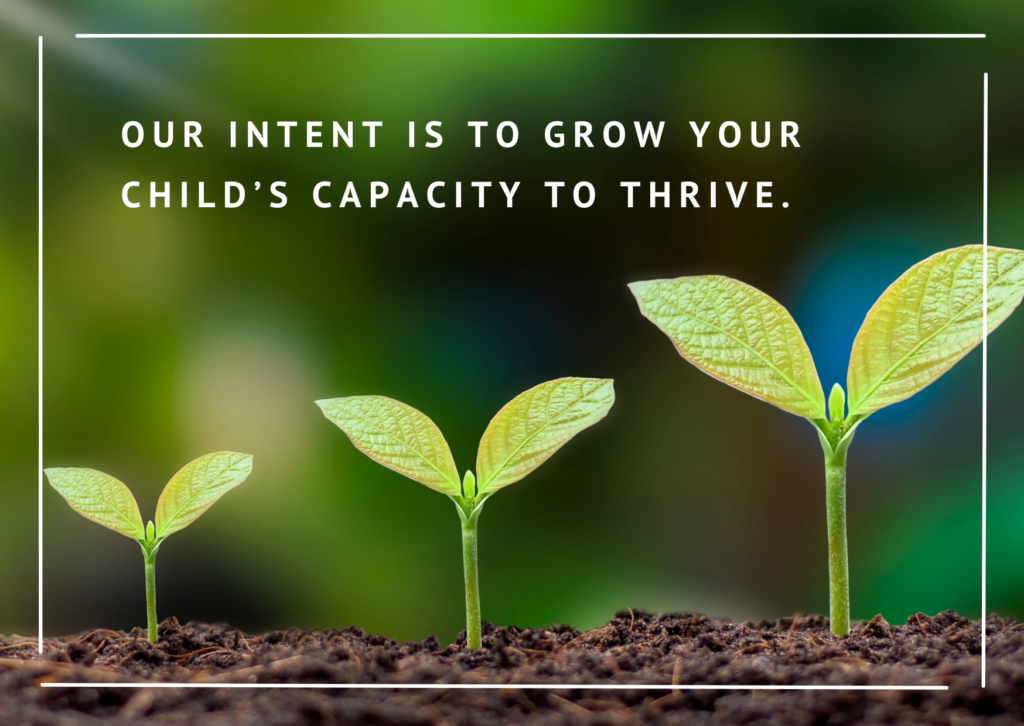

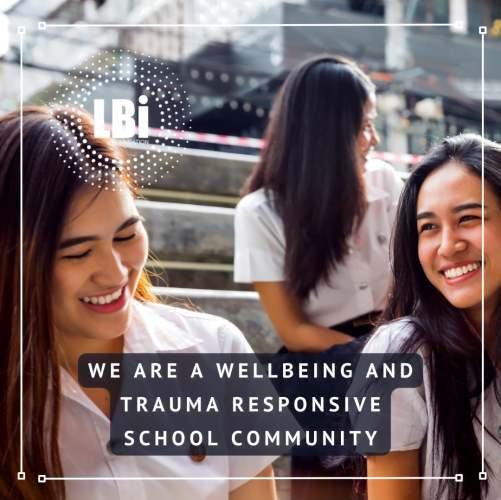
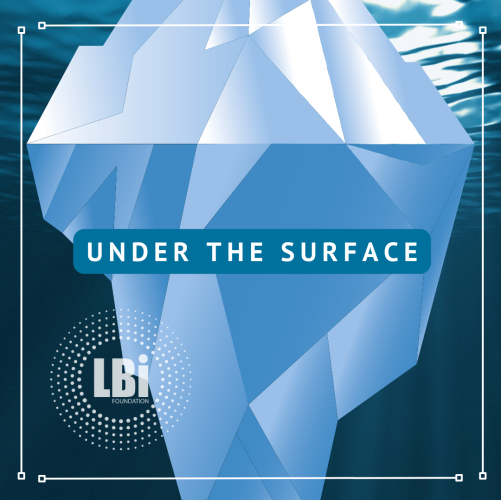
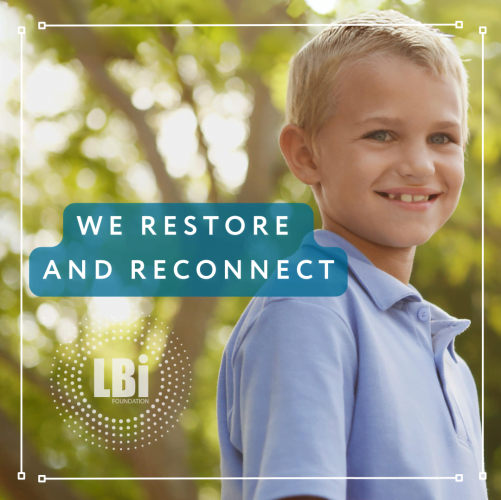
Department of Education (SA)
A Preferred Provider of Trauma-Aware Schools Initiative (TASI)
Life Buoyancy Institute Foundation is a preferred provider in the delivery of the South Australian Department of Education
Trauma Aware Schools Initiative. Life Buoyancy Institute Foundation offer specialist packages for Early Learning Centres and Primary/Secondary Schools.

